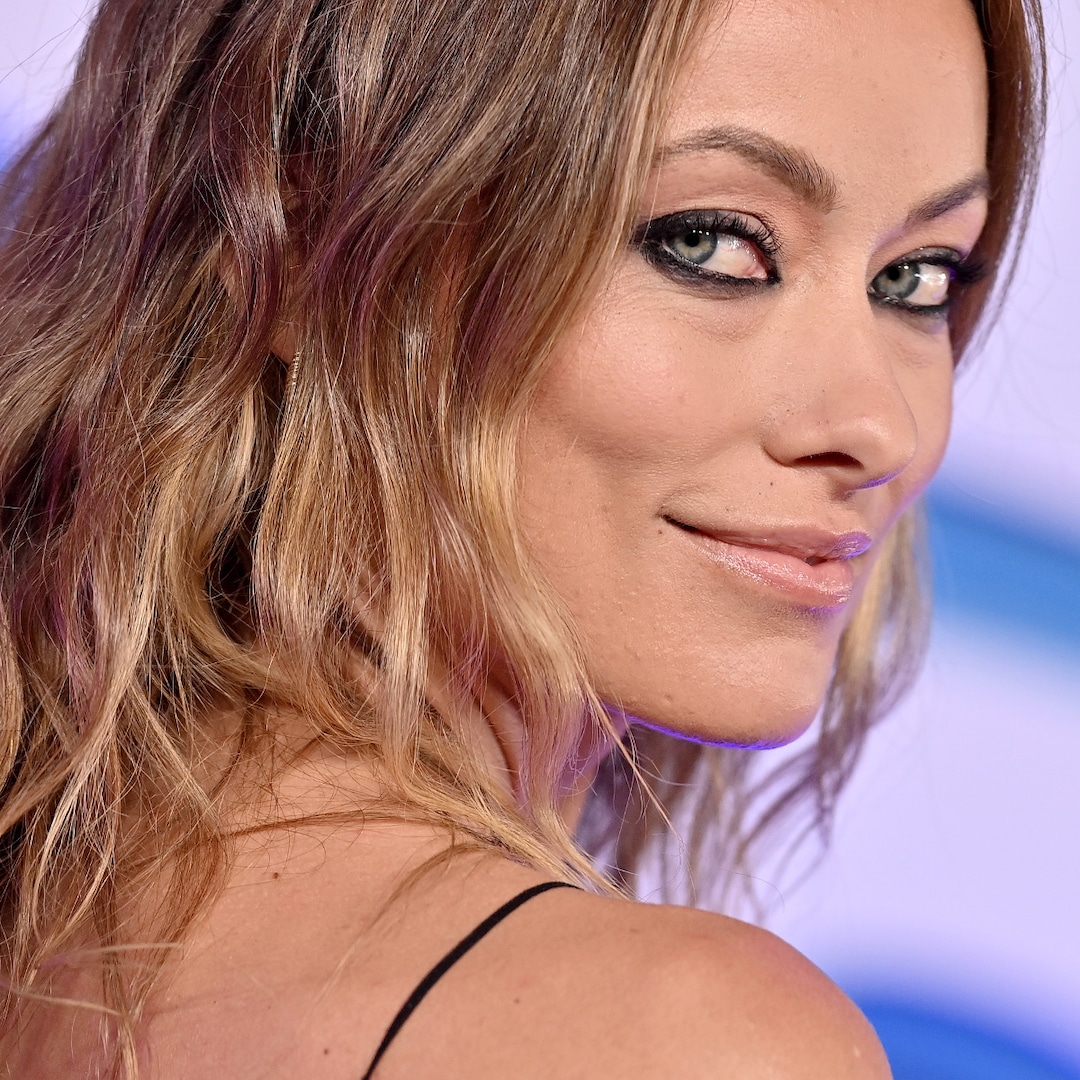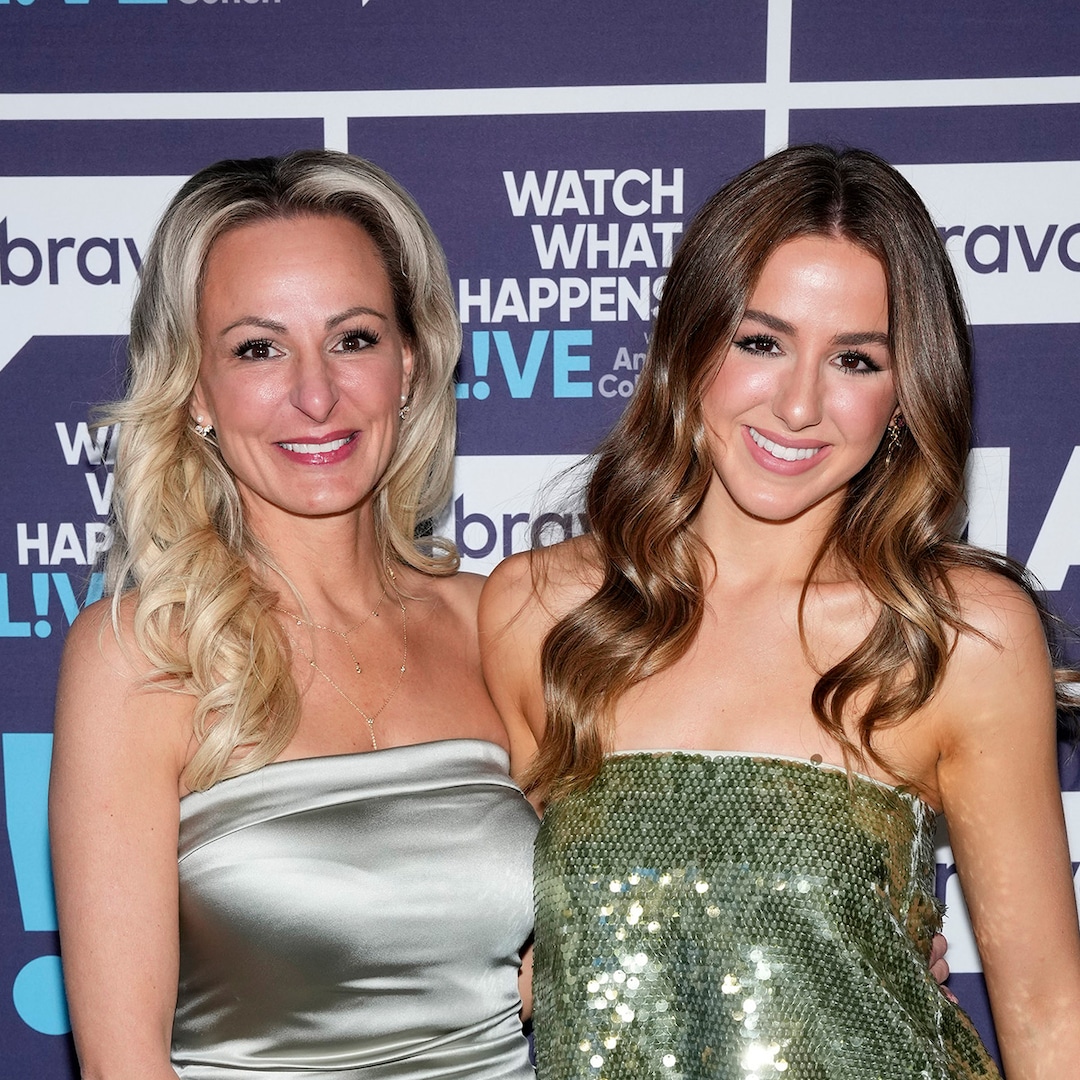Season 3 of Netflix’s The Witcher features more beasts, more political scheming, and a surprisingly enjoyable bit of found family bonding.

Netflix
Welcome to Previously On, a column that is keeping an eye on the latest returning TV shows. In this edition, Valerie Ettenhofer reviews season 3, part 1 of Netflix’s The Witcher.
In season 3 of Netflix’s fantasy adaptation The Witcher, Geralt of Rivera seems to be ready to settle down – ironically, just as Henry Cavill prepares to leave the show. There’s a sweetness and maturity to the relationships presented in the new batch of episodes (the current season will be split into two volumes, with the second premiering in July) that feels unexpected for a series about slaying monsters, but it gives the show an endearing quality that was hit-or-miss in its first two seasons. In fact, the five episodes of season 3 available for review tweak and streamline a lot of the show’s previously unsuccessful elements, resulting in an arc that’s more coherent than season 1 and lighter and nimbler than season 2. This might not be The Witcher at the best it can be, but it’s perhaps the most accessible and tonally balanced the show has ever been.
The potentially pleased crowd in question here may or may not include fans of Andrzej Sapkowski’s novel series on which the show is based. The Witcher had already made major changes from page to screen before the latest season and continues to do so with a storyline that loosely follows that of the 1995 novel Time of Contempt, with a couple of extra side quests. Lauren Schmidt Hissrich’s take on the source material has always been more additive than rigorously faithful, and the new season beefs up a subtle storyline about political power moves with a few new plots and narrative rearrangements. Among the additions is bard Jaskier’s much-discussed romance with Prince Radovid (Hugh Skinner, Fleabag), the brother of Radania’s King Vizimir. The coupling frankly doesn’t have a surplus of chemistry, but The Witcher does well to center comic relief Jaskier (and Joey Batey, always excellent) this season after sidelining him for a good chunk of season 2.
Another couple, meanwhile, hits it off: the relationship between Geralt and Yennefer (Anya Chalotra), which has been simmering, combative, and complicated in turn so far, grows into something surprisingly lovely this season. When we last saw them, the pair had just helped save fate-entangled teen Ciri (Freya Allan), but hadn’t managed to stop an apocalyptic group of otherworldly beings called The Wild Hunt from gaining power. The Wild Hunt is mostly on the back burner in the first half of season 3, but Yen, Geralt, and Ciri are still on the run from, well, pretty much everyone. While mages, elves, and humans all vying for more power, the show eases into an easy familial dynamic between the isolated three main characters that feels more emotionally sincere than almost anything else the show has done to date. I’m trying to keep an open mind about Cavill’s impending recast, but he and Chalotra have grown into such compelling screen partners that it’s now harder than ever to imagine the show without him.
As always, The Witcher also brings plenty of action and fantasy-horror intrigue. The season opens with a kinetically-filmed, gnarly fight sequence that reminds us just what we’ve been missing during the off-season, and a few fun monster moments are scattered throughout the first five episodes. Things start to lag, though, when episode 5 gets mired in a single setting and a trickily presented plot that’s not nearly as exciting as the show thinks it is. As with other Netflix originals that have attempted to bifurcate their seasons, the midseason mark seems to come at a somewhat arbitrary point, one that feels relatively anticlimactic compared to the epic go-big or go-home finales the show has delivered in the past. Book fans will be waiting on bated breath for what’s to come, but the lukewarm cliffhanger and perspective-shifting midseason finale don’t entirely work.
The Witcher season 3 is a largely satisfying watch, though, not just because it locks into the relationships at the heart of the series but also because it’s finally pared down the dense source material into a fairly cohesive, flowing story. There are more competing powers and would-be antagonists than ever – including the fire mage Rience, slow-burn schemer Vilgefortz, grief-maddened elf queen Francesca, kinky spies Philippa and Dijkstra, the White Flame (AKA Ciri’s dad), and the looming Wild Hunt – but they appear here as more than just constantly reshuffled chess pieces. The political conflicts feel urgent and the threats quite real, something Geralt, who professes to be neutral in his capacity as a Witcher, has to reckon with.
The experience of watching The Witcher can sometimes be more taxing than entertaining, but this season, it’s finally figured out a decent balance between fun, drama, and complex lore downloads. The show is at its best when it lets the overarching plot fade out for a bit and focuses on delivering satisfying, character-driven moments, cool creature battles and epic double-crosses, and much-needed levity. The first half of season three has no shortage of any of these elements, and in some ways, it even feels like the show finally hitting its stride – right before losing its star. All in all, it’s enough to convince us to keep tossing coins to our Witcher, at least for a bit longer.
The Witcher season 3, part 1 is currently available to stream on Netflix. Watch the season 3 trailer here.
Related Topics: Previously On

Recommended Reading


















